Originally, they were thought to be stored in proteins. Then, slowly, people started to realize that perhaps they were stored in this deoxyribonucleic acid, or DNA.
The living book of DNA
Professor of Biomaterials
- DNA is not only the blueprint of life, but, from a physical perspective, it is a long string that needs to be packaged in the cell. The way DNA is packaged and folded influences how genes are expressed.
- The shape and folding of chromatin in the cell nucleus play a crucial role in determining which genes are active, impacting cell function and identity.
- Genome organization is dynamic and responds to environmental cues, such as pathogens, allowing cells to adapt by altering gene expression.
- The discovery of DNA’s structure was a competitive and interdisciplinary effort, highlighting both the collaborative and ego-driven sides of scientific research.
The blueprint of life
Deoxyribonucleic acid, or DNA for short, is the blueprint of life. It contains all the genetic information required for complex organisms to be alive and to sustain life. We have known since the 1800s, with Mendel and Charles Darwin, to some extent, that there are some genetic traits in us that can be preserved and passed to future generations. It was not until the 1940s, however, that people started to ask the question of where those genetic traits are stored.
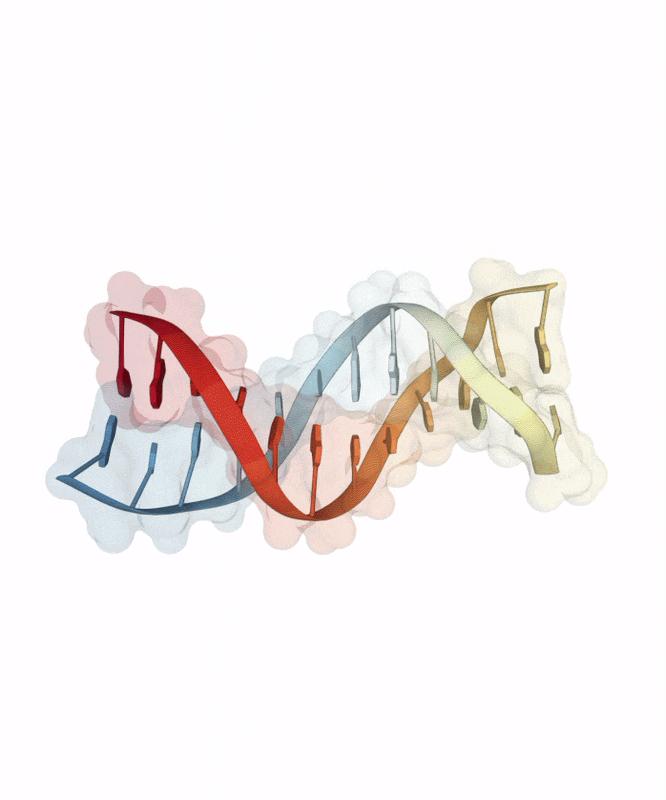
© Circli
That led slowly to several teams trying to race each other to discover the structure of DNA. Since 1953 with the Watson-Crick paper, we have known that DNA is made as a double helix — two strands of nucleotides. These nucleotides can be A, T, C, G — or adenine, thymine, cytosine and guanine — which are placed one after the other, giving unique sequences along our genome, along our DNA. They encode the genes, the blocks of information that are required to encode genetic traits.
Evidence for the double helix
One of the first X-ray images from DNA was taken by Rosalind Franklin.
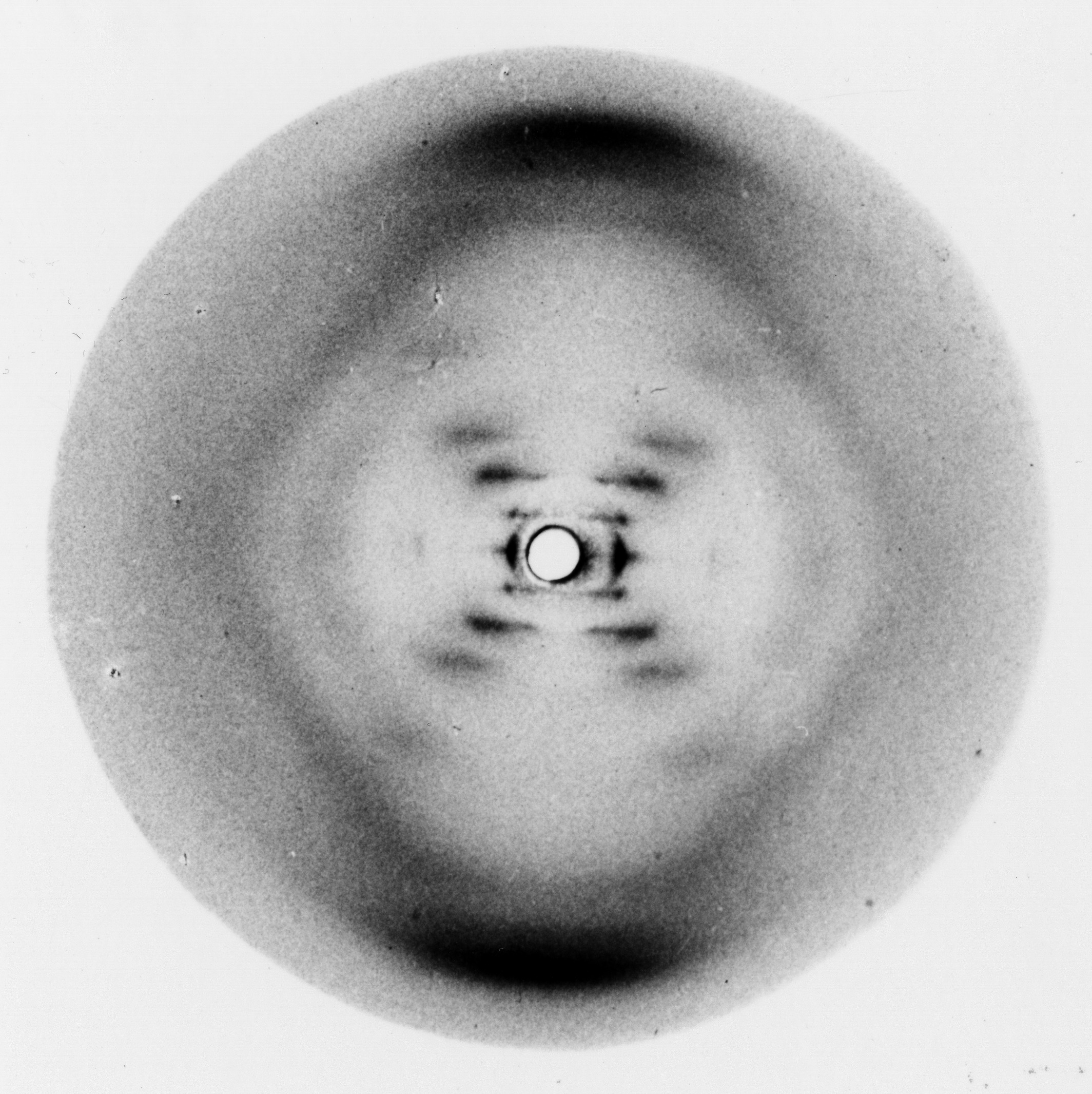 © Raymond Gosling
© Raymond Gosling
You see essentially the diffraction patterns of the X-ray being scattered by the structure of DNA onto the plate. What scientists used to do — among them, Rosalind Franklin, Watson and Crick and others — was try to understand how the diffraction pattern was originating from a structure.
For instance, people like Linus Pauling, a few years before Watson and Crick, suggested a structure for DNA which was wrong originally, but it got closer and closer to what we now know is the double-stranded helix (that is quite famous and with which many people are familiar).
DNA inside cells
In this image, you see the extreme level of packaging that DNA is under inside the living cell. In this E. coli — Escherichia coli is a bacterium — it is a single cell and contains its whole genome in that cell.
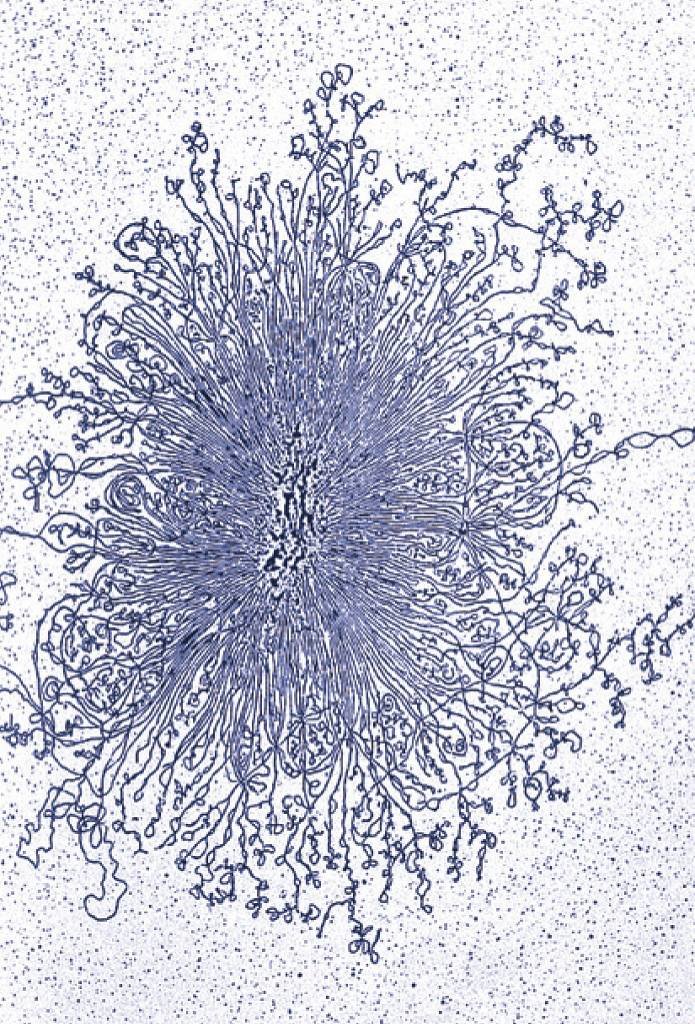
© Guillaume Le Treut
In this particular picture, what you see is that the DNA has exploded. The bacterium has been lysed, essentially pierced, and the DNA is exploded out.
What you should imagine is that all that DNA is compacted, confined, within that little cell that was originally the live bacterium. The first thing that everyone should notice is how extreme and unimaginable the level of compaction the DNA is experiencing inside the bacterium is. This picture really tells a lot about the fact that DNA is not simply this abstract object that contains genes and genetic information. It is really a physical object, almost like a physical rope that you have to stuff into a bag, into a membrane, to make a living organism.
Naked DNA
DNA in bacteria is stored so-called naked. It is packaged using proteins but is not packed into chromatin in the same way as eukaryotes, which are higher-order organisms essentially. So, eukaryotes are us. We are eukaryotes in the sense that we have a cell, and it contains a nucleus. The nucleus of the cell contains the genome.
 © Richard Wheeler via Wikimedia Commons / CC BY-SA 3.0
© Richard Wheeler via Wikimedia Commons / CC BY-SA 3.0
In eukaryotes, DNA is packaged into what you see in this image. It is wrapped around histones, which are proteins. The complex of DNA and histone is called the nucleosome, and it is packed together again into a fiber. The fiber is called chromatin. This chromatin is then itself folded into three-dimensional shapes in the cell nucleus.
What is really interesting, and I am really passionate about this, is that in the past 10 years, people have started to discover that the shape, the way chromatin is folded in the nucleus, affects the way genes are expressed. In eukaryotes — in plants, in animals, in humans — there are about 20,000 genes. Obviously, it depends on the species (whether it is a plant or an animal), but it is about the order of magnitude of genes: 10,000 to 20,000 genes.
Not all of them are active at the same time. This is an important point to make in the sense that DNA, and in particular chromatin, is not a passive book. The cells in a complex organism like us need to express different genes because they need to execute different functions. For instance, a muscle cell is different from an eye cell, a kidney cell or a liver cell. They all have to express different proteins, and to express different proteins, they have to have different patterns of genes that are active.
To understand what determines the patterns of genes, we have to look at genome organization: how the genome, how the DNA and chromatin are organized inside the cell nucleus. This is what many groups are doing, and we are also contributing a little bit in this field.
Reading the genome
Understanding genome organization, in some sense, is key to understanding cell health and disease. When I was saying that the genome, the DNA, is not a passive book, there are two aspects to this. One is that this book, some pages of this book, are read by different cells. When a healthy cell becomes a cancer cell, for instance, the pages of that book that are read — or the genes that are active — change.
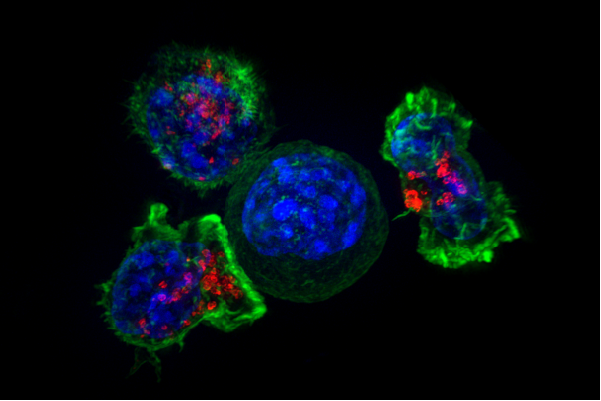
© The National Institutes of Health
There is a change in the transcription pattern, in which genes are transcribed into RNA and then translated into proteins, depending on the cell state and cell health as well. There is an interplay, which is very intimate, delicate and subtle. In some sense, it is very difficult to understand the interplay between which genes are active and how that part of the genome is folded within the nucleus of the cell.
DNA environmental response
The DNA and the genome respond to environmental clues. For instance, plants have a different immune response than us. What happens is that when plants are attacked by pathogens, cells can sense the presence of these pathogens using sensing proteins. These sensing proteins act to change the transcription pattern itself.
The DNA transcription pattern changes depending on whether the cell is being attacked. When the cell senses this attack by the pathogen, the attacker, it starts to create defense proteins. These defense proteins then defend the cell against the pathogen — or they could induce cell death.When you see yellow spots on green leaves, for example, sometimes it is because the spot of cells decides to die to save the rest of the plant.
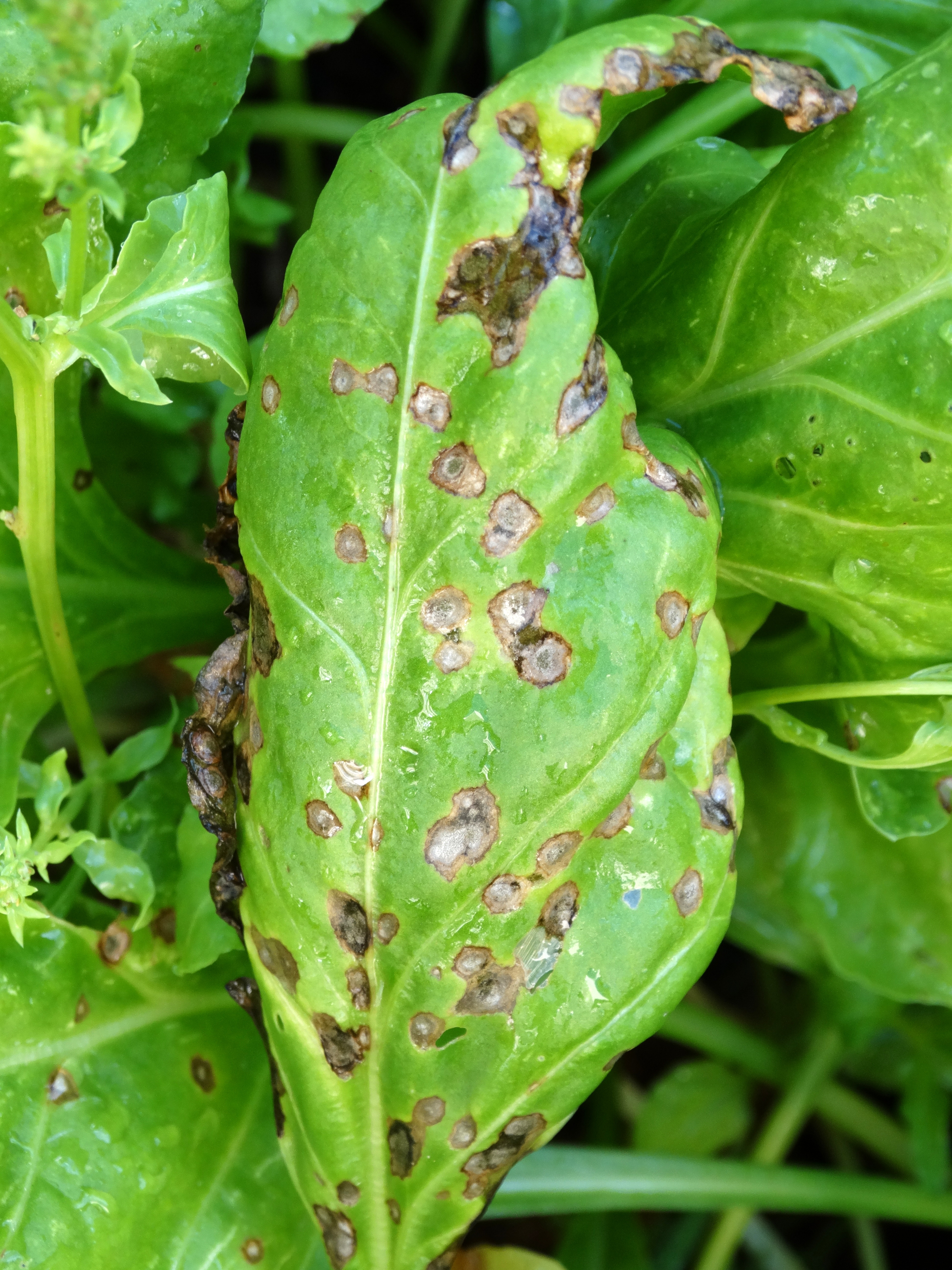 © Wikimedia Commons
© Wikimedia Commons
Then my question was: why does the cell not always produce these defense proteins against pathogens? This is because it would be too energetically costly. If it produced these proteins all the time, it would affect growth. It would reduce the growth of the plant. The plant has to decide whether to grow or to defend itself.
This is another example of how active our genome is, and complex organisms. It changes in response to what happens nearby. The big challenge in the field of genome organization is to try to understand not only a static snapshot of how it is organized inside the cell at a given time, but how it changes over time — so, the dynamics of the genome inside the cell: in some sense, how the entanglements and the structure of this chromatin, the folding of this chromatin, affects the behavior, the response to attacks or the changes in gene expression when the cell goes from healthy to diseased, for instance.
The DNA race
The history of DNA discovery has been a very tumultuous one. Clearly, in the 1930s, 1940s and then 1950s, there was a lot of effort toward, and many teams that were interested in, resolving protein structures. Then some of the teams also started to use the same techniques — X-ray crystallography — to resolve the structure of DNA.
There were several teams in the UK: there were the Cambridge teams; there were Watson and Crick; there was Rosalind Franklin with Wilkins in London; there was Max Perutz as well in Cambridge and Linus Pauling in Caltech with Max Delbrück. They were all trying to understand the structure of DNA. From what you read in the books, it really felt like a race to see who got there first.
I remember reading that when Linus Pauling came up with the first prediction of the DNA structure, which was wrong — he predicted a triple helix, with some other incorrect predictions about where the phosphates were — Bragg here in the UK was quite upset and started to put pressure on the researchers to get there first, to try to get to the correct structure first.
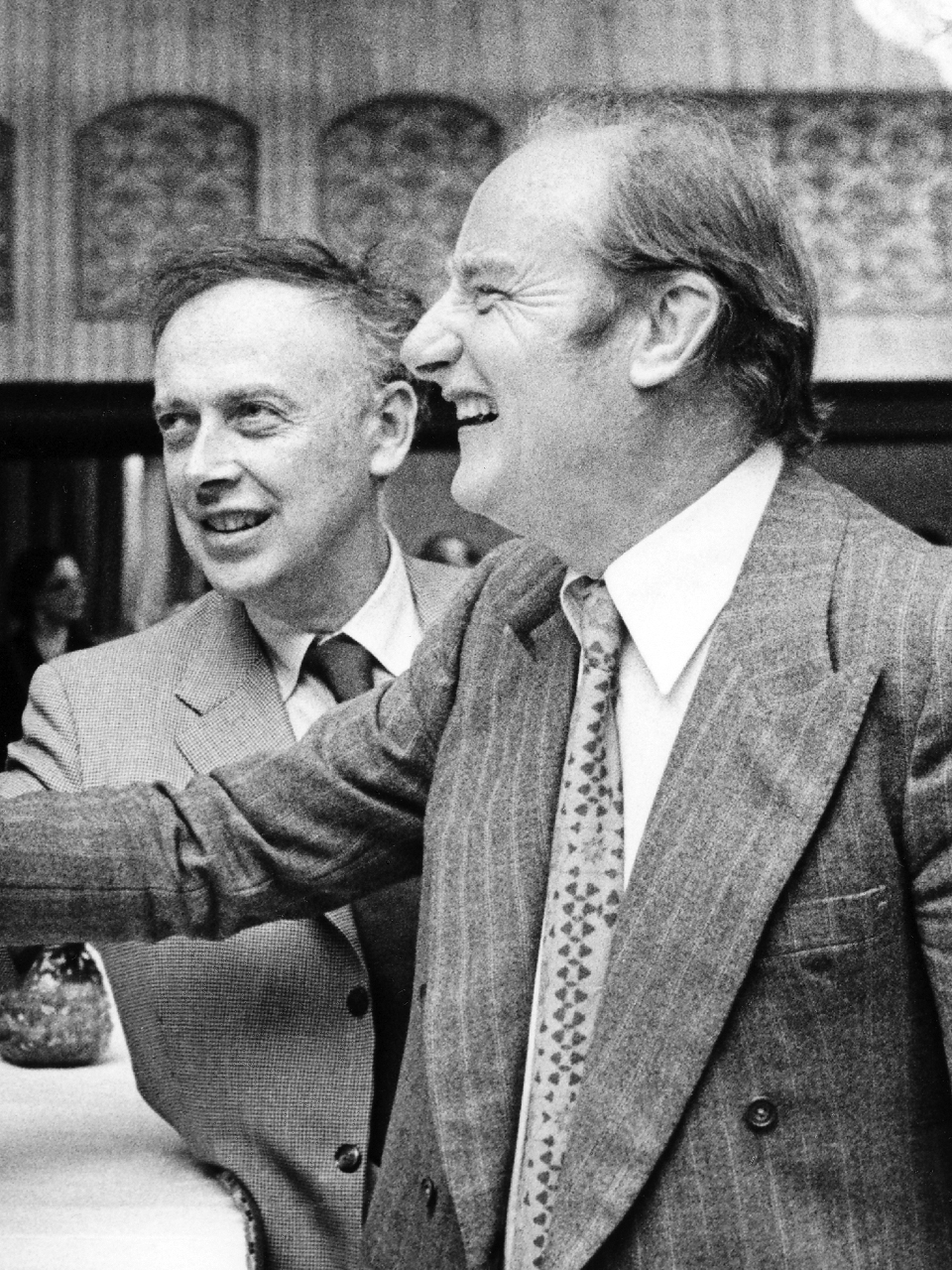 Watson and Crick © Marjorie McCarty
Watson and Crick © Marjorie McCarty
This is how Watson and Crick got hold of the DNA crystal structure that was generated by Rosalind Franklin in London and that was still unpublished at that time. Watson and Crick obtained this picture and managed to come up with the correct structure.
To me, whenever I read this story, it always feels very current. It feels like it is something that could happen even now, in the sense that academia often is idealized from the outside. In truth, what happens inside often feels like a race: who will be the first team to get to a certain answer, a certain prediction? It is not always about healthy competition, and sometimes it seems that it is done to fuel the ego of some people rather than out of genuine passion for discovery and science.
Lessons from DNA history
It teaches us that we should try to keep the focus on the science, on the evidence; leave ego as much as possible out of the equation and focus on what is important. It also teaches us positive things. For instance, science is really an interdisciplinary effort.
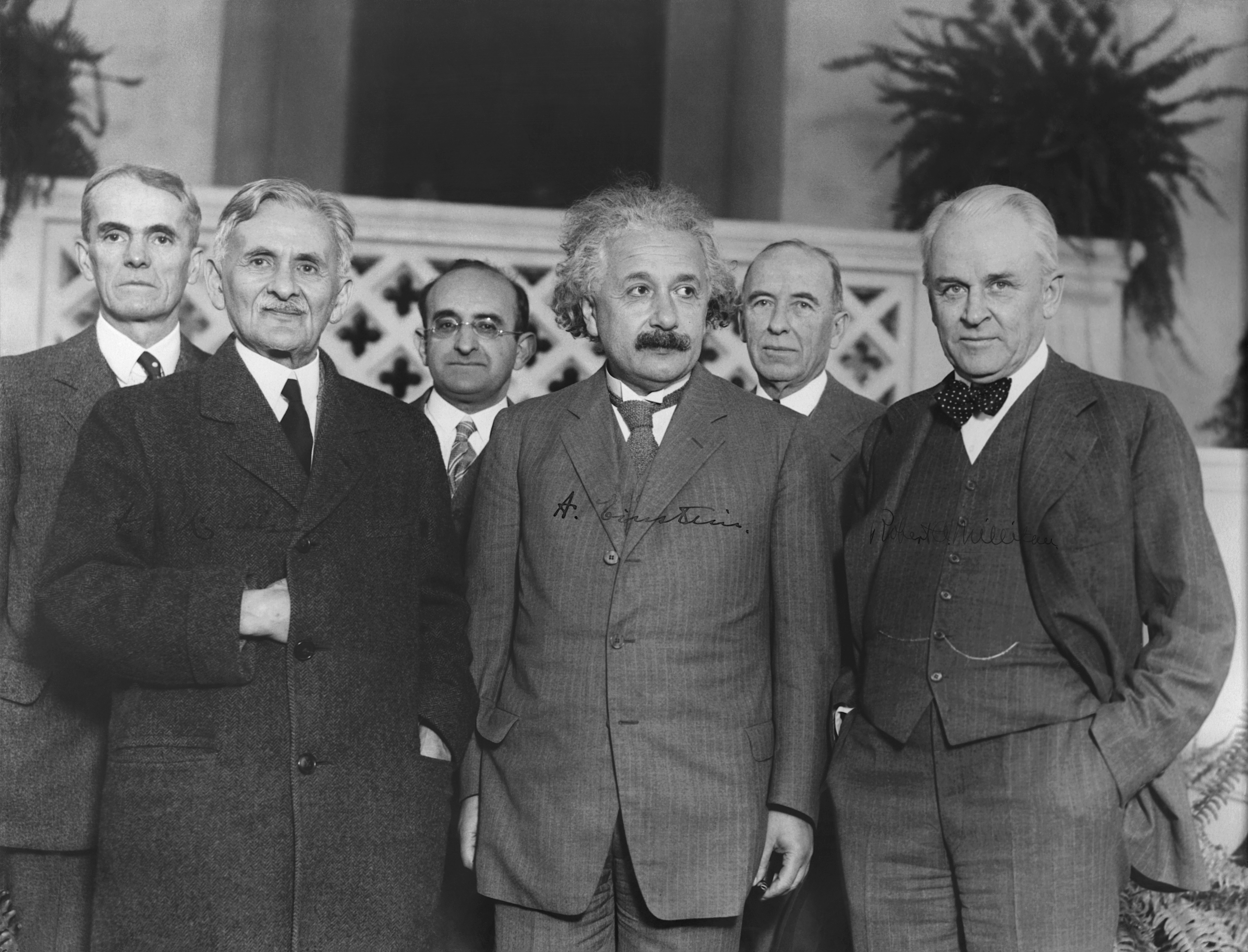 © Smithsonian Institution, restored by Bammesk
© Smithsonian Institution, restored by Bammesk
Something I haven't mentioned but I think is really important is that the discovery of DNA was very interdisciplinary. There were biologists, physicists, chemists and crystallographers from the start. They were all together. This absence of barriers between disciplines was there then, and it is here now, but it is not actually reflective of the way in which many universities and funding bodies are structured.
Many funding bodies are still very sectorial, and they talk about the remits of their science; however, this is clearly outdated. It was outdated even in the 1950s. We have to rethink the structure of universities and funding bodies a bit. It is a very difficult task, and I think people are trying to do it, but it is a work in progress.
This barrier between disciplines is not there. Science is just one. Scientists have to have the freedom to communicate on the same level and freely between disciplines without feeling these artificial barriers that are put there just for administrative purposes.
DNA’s physical structure
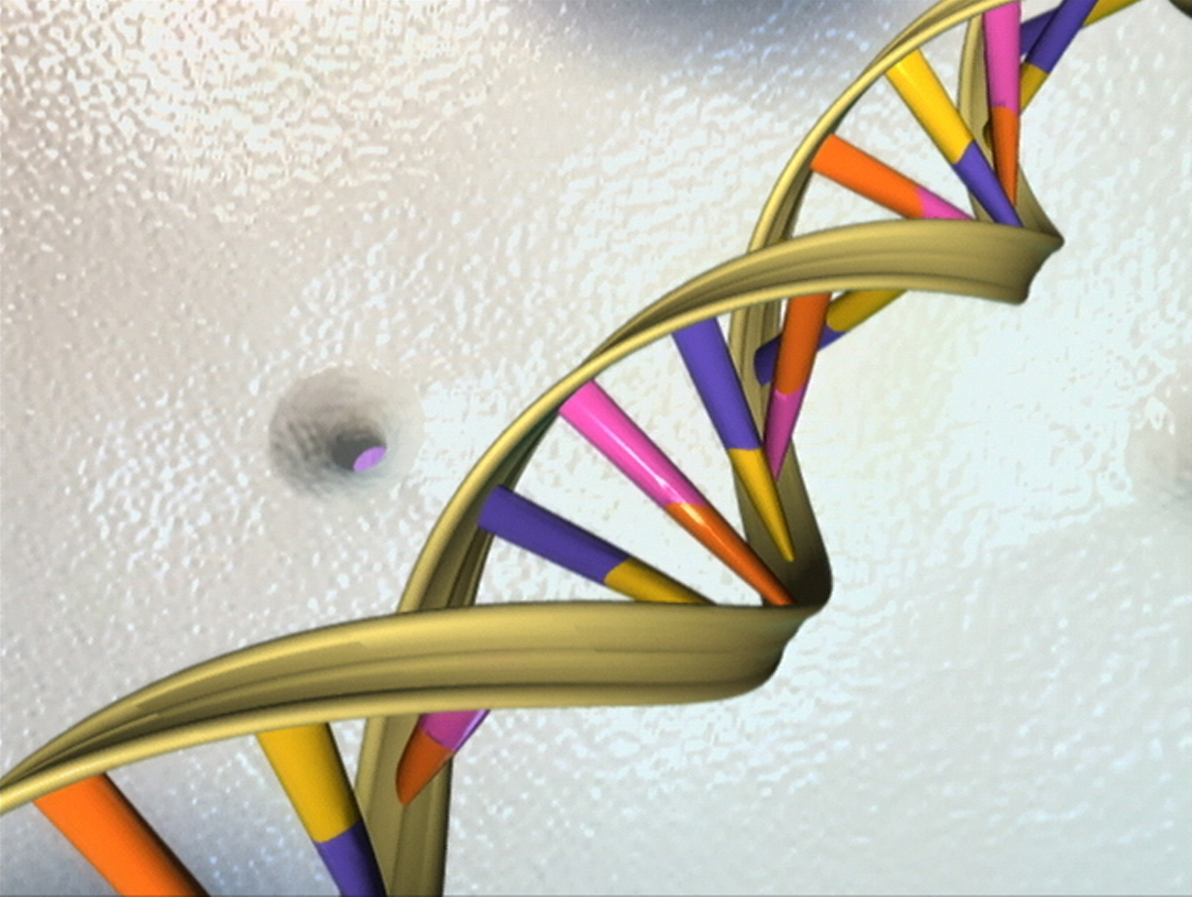 © National Human Genome Research Institute
© National Human Genome Research Institute
One misconception that I would like to fight is the idea that DNA is only an abstract object that contains genes and genetic information. It is also a physical structure. It is a double helix with the Watson-Crick base pair rules. The fact that it has this structure makes it an active participant in deciding which genes are expressed, how cells behave — and therefore how we are built as complex organisms.
It is a very important concept that I think is not understood in the general public — it is really a physical object that contributes to its own function.
Editor’s note: This article has been faithfully transcribed from the original interview filmed with the author, and carefully edited and proofread. Edit date: 2025
Discover more about
DNA and its structure
Watson J. D. & Crick F. H. C. (1953).Molecular Structure of Nucleic Acids: A Structure for Deoxyribose Nucleic Acid.. Nature volume 171, pages737–738
Michieletto, D., Orlandini, E., & Marenduzzo, D. (2016).Polymer model with epigenetic recoloring reveals a pathway for the de novo establishment and 3D organization of chromatin domains. Physical Review X, 6, 041047.
Eeftens, J. M., Kapoor, M., Michieletto, D., et al. (2021). Polycomb condensates can promote epigenetic marks but are not required for sustained chromatin compaction. Nature Communications, 12, 5888.
Michieletto, D., Lusic, M., Marenduzzo, D., et al. (2019). Physical principles of retroviral integration in the human genome. Nature Communications, 10, 575.